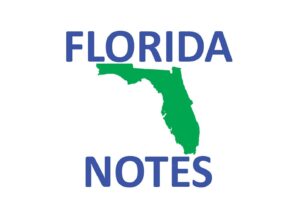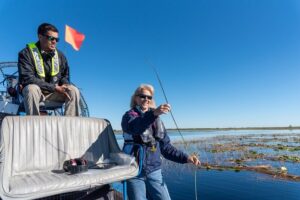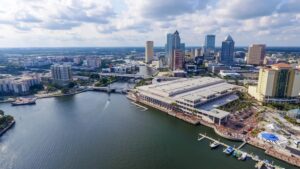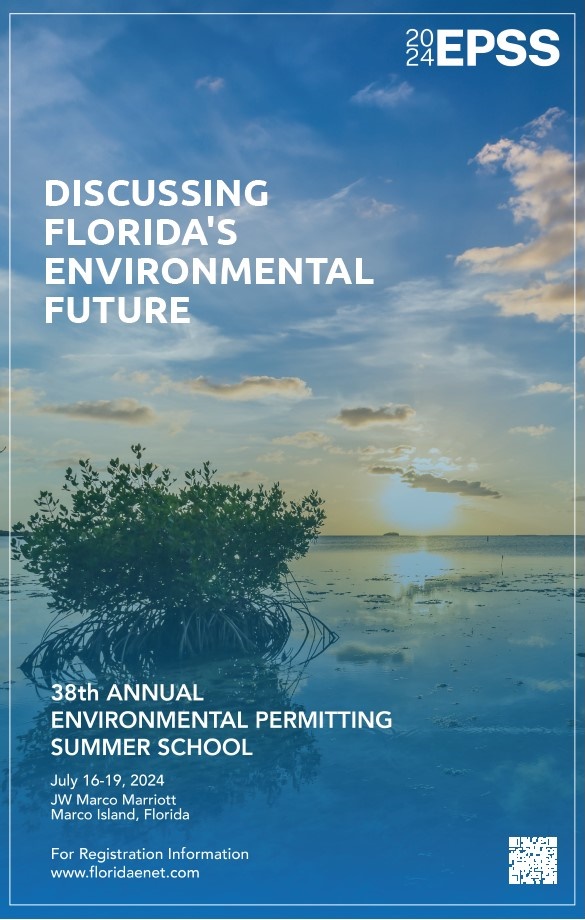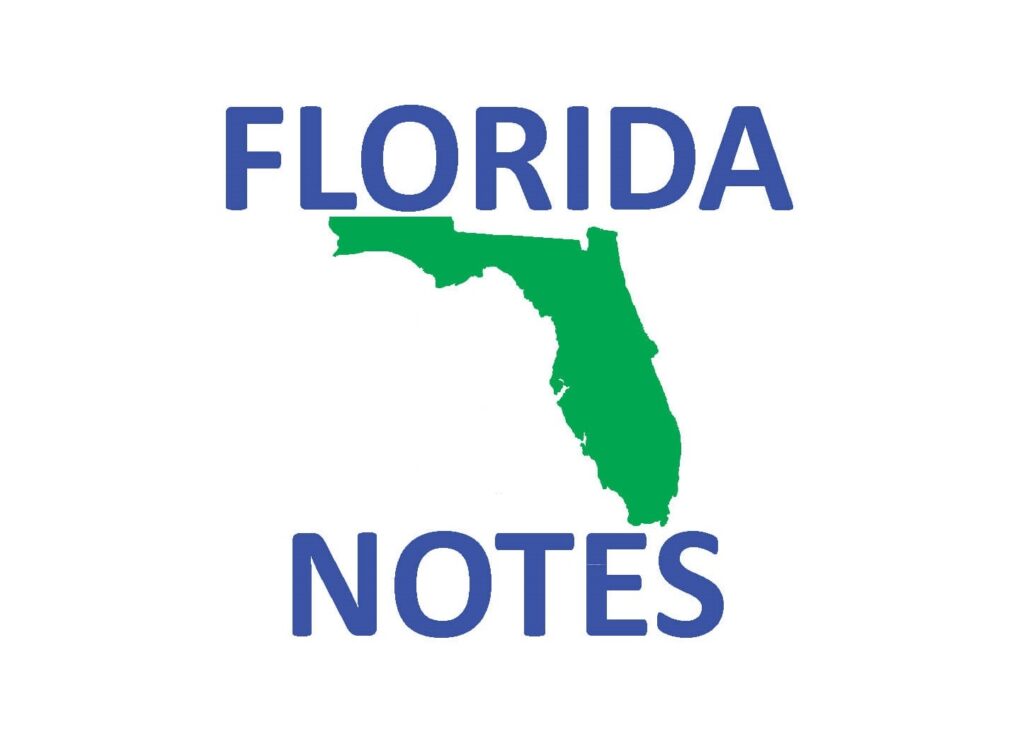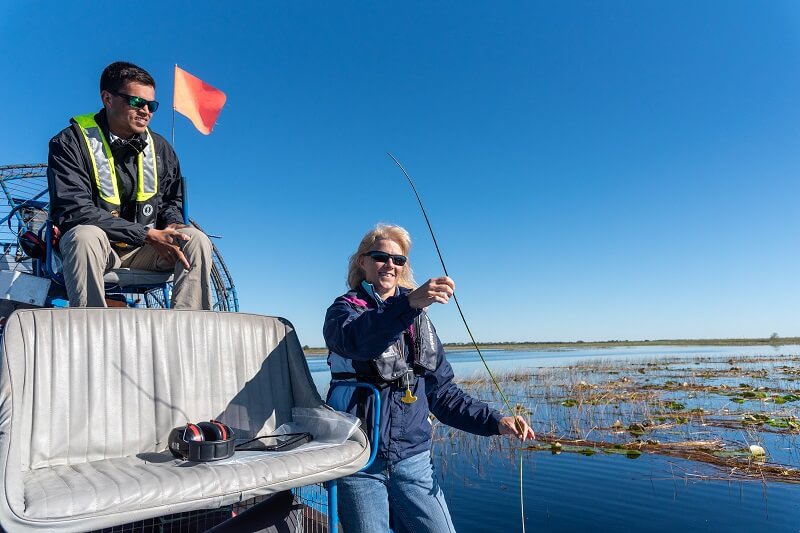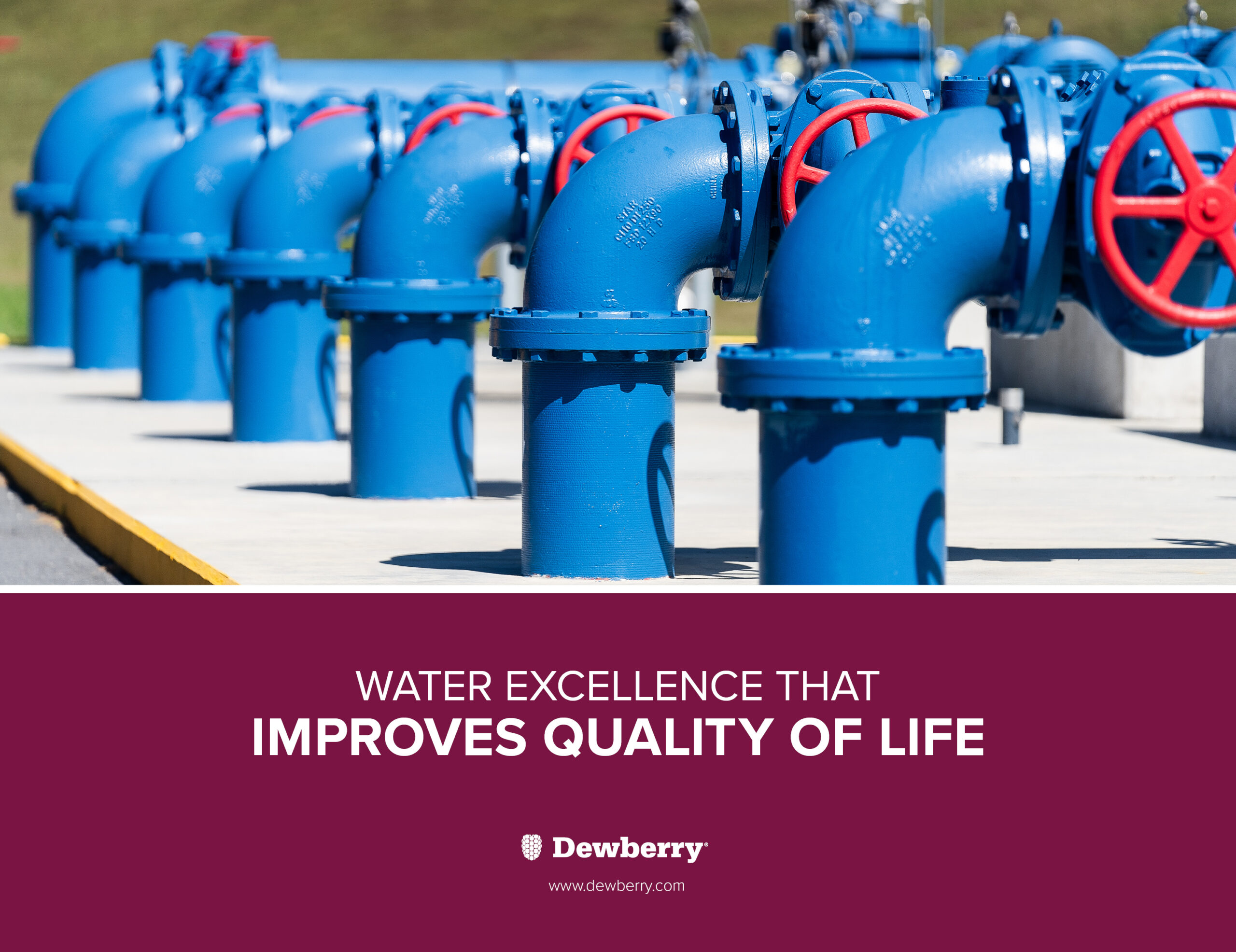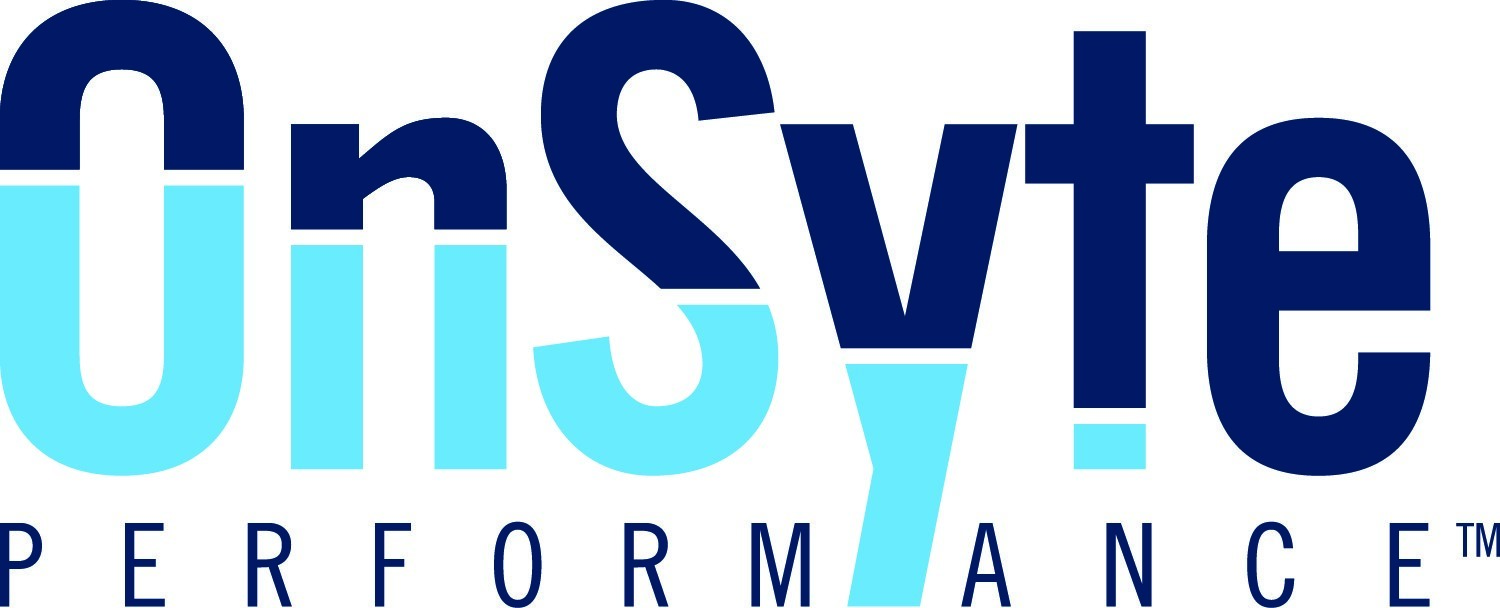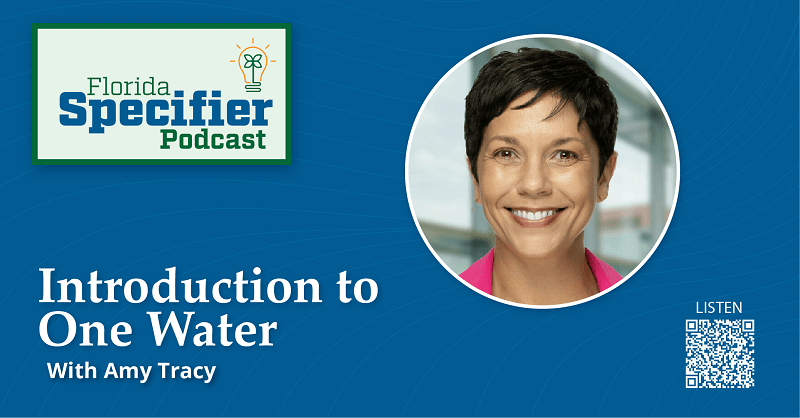BY BLANCHE HARDY
Recently enacted Florida legislation governing septic tanks, also called onsite sewage treatment and disposal systems (OSTDS), has several Florida municipalities crafting plans to assist citizens and businesses with compliance.

According to the Florida Department of Environmental Protection (FDEP), OSTDS are used for wastewater disposal by approximately 30percent of Florida’s population. With roughly 2.6 million systems in operation, Florida represents 12percent of the United States’ septic tanks. Given the prevalence of OSTDS in Florida, HB1379 from 2023 impacts all but 10 Florida counties.
The law creates criteria, including the installation of nitrogen-reducing systems where water quality standards are regulated and/or not being met in areas where a plan is in place to improve water quality. This includes areas governed by Basin Management Action Plans (BMAP), Impaired Spring Priority Focus Areas, and Alternative Restoration Plans, for example.
It also put in place requirements for installation of enhanced nutrient-reducing onsite sewage treatment and disposal system (ENR-OSTDS) or distributed wastewater treatment systems (DWTS) instead of conventional septic tanks when the site is in a state defined impacted area. Florida’s BMAPs and Alternative Restoration Plans – OSTDS Requirements mapping tool is available to assist citizens in determining if a property falls within an impacted area.
Some systems can be expensive and local governments are providing financial assistance in some cases. For systems installed by a registered installer and licensed plumber, Leon County is offering a $7,500 rebate and Citrus County is offering $7,000. A permit issued by the Florida Department of Health and an approved site plan are required for all ENR-OSTDS. Emerging technologies like DWTS are also entering Florida’s market to address these critical needs.
The law also created additional requirements for properties in the Indian River Lagoon Protection Program area, including parts of St. Lucie, Indian River, Brevard, and Volusia counties.
Beginning Jan. 1, 2024, applicants for new septic tanks installed on lots of any size in the Indian River Lagoon Protection Program area are required to connect to central sewer, if available, or install an ENR-OSTDS that achieves at least 65 percent nitrogen reduction. By July 1, 2030, any commercial or residential property with an existing OSTDS located within this area must abandon and replace it with one of the approved alternatives.
To assist in watershed restoration, and to help offset the costs of new requirements and prohibitions on septic tanks, Florida awarded $100 Million for projects in the Indian River Lagoon area. Proposed projects will address the root causes of nutrient pollution by investing in wastewater treatment upgrades, septic-to-sewer connections, stormwater treatment and other needed restoration projects. The state hopes to reduce total nitrogen loading in the region by more than 375,000 pounds per year.
“The Indian River Lagoon is one of the state’s most iconic waterways, and we are committed to meeting the challenges it faces head on,”said FDEP Secretary Shawn Hamilton.
Excess nutrients have been identified as contributing to the increased frequency, duration and intensity of algal blooms impacting the growth of seagrass, which provides habitat and food for manatees and other species.


